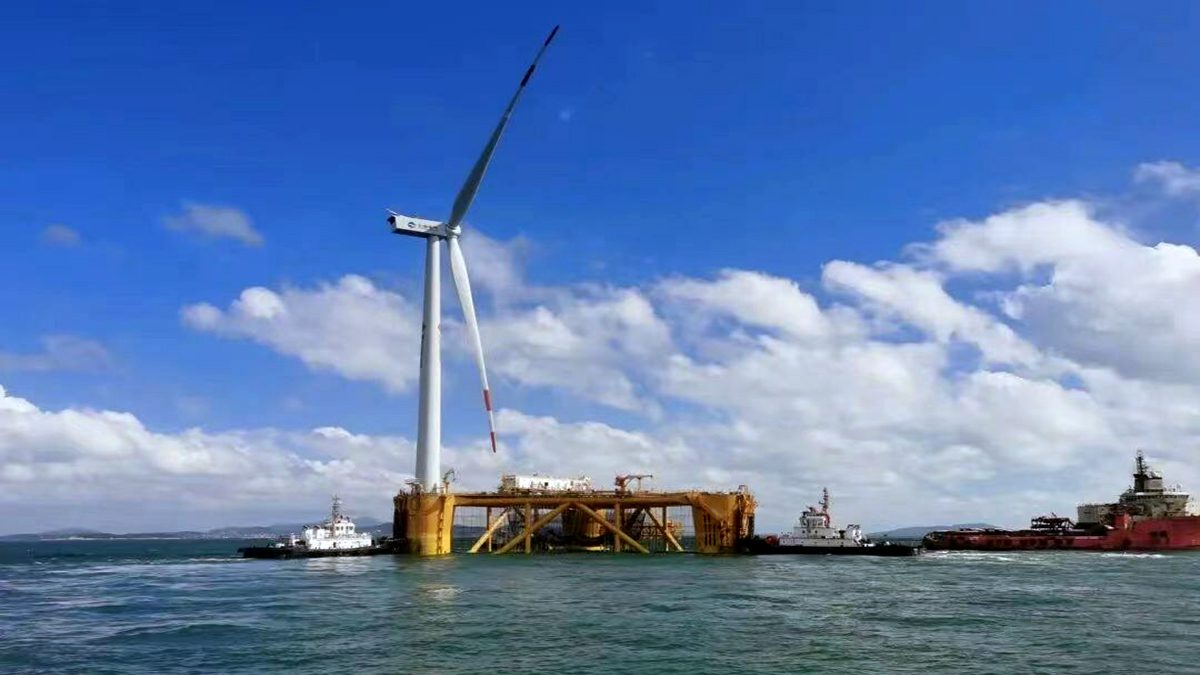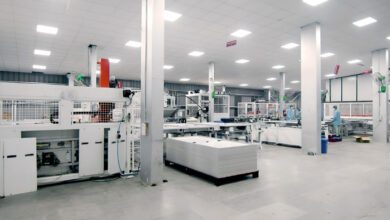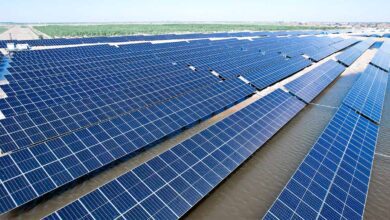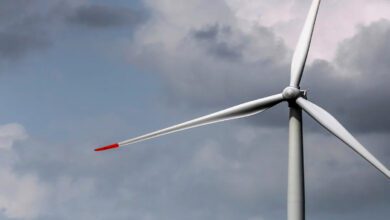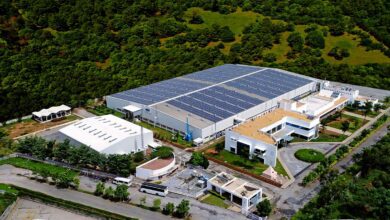In a groundbreaking achievement for the renewable energy industry, China has successfully completed the world’s first maritime renewable energy project that combines deep-sea floating wind energy and aquaculture. The project, located within the National Marine Ranching Demonstration Zone on Nanri Island in Putian, Fujian Province, is a collaborative effort between Longyuan Power Group and Shanghai Electric Wind Power Group, a subsidiary of Shanghai Electric. This remarkable venture is set to revolutionize China’s wind energy sector while addressing the pressing issue of climate change.
As the world grapples with the urgent need to combat the climate crisis, wind power has emerged as a pivotal pillar in the transition towards a sustainable future. Shanghai Electric Wind Power Group, with its history of innovation and pioneering work in onshore and offshore wind energy, has played a significant role in pushing the boundaries of renewable energy technology. The company’s relentless pursuit of new wind energy applications to overcome industry challenges and development bottlenecks has now culminated in the realization of this pioneering project.
The project encompasses three-column semi-submersible floating platforms, each supporting a 4 MW offshore wind turbine, and lightweight, flexible solar modules, all strategically positioned in an area with a water depth of approximately 35 meters. What sets this initiative apart is the hexagonal space within the platform’s central area, specially designed for fish farming. This innovative integration of wind power, photovoltaics, and aquaculture promises to usher in a new era of sustainable and green renewable solutions, aimed at reducing carbon emissions while fostering economic growth.
Once operational, this multifaceted energy project boasts the impressive capacity to generate a staggering 96,000 kWh of electricity daily at full capacity, equivalent to the daily energy consumption of 42,500 individuals. The convergence of wind energy, photovoltaics, and aquaculture not only signifies a significant technological breakthrough but also holds the promise of a brighter, more sustainable future.
Ensuring the safety and reliability of such a pioneering project has been a top priority for the Shanghai Electric Wind Power Group. Their approach encompasses multiple layers of safety measures and rigorous testing. From the preliminary design phase, the company established an integrated model, validated through extensive consistency analysis. This meticulous approach was complemented by simulation result comparisons across various platforms and the development of control algorithms in collaboration with DVN, further enhancing project safety and reliability.
The project underwent comprehensive testing, spanning nearly 200 operational conditions, including the examination of the fish farming pond using a 1:40 scale model. Additionally, the company developed a custom-built intelligent terminal system for floating wind turbines, further enhancing reliability, ensuring the turbines’ safe and consistent operation, and maximising wind utilisation.


